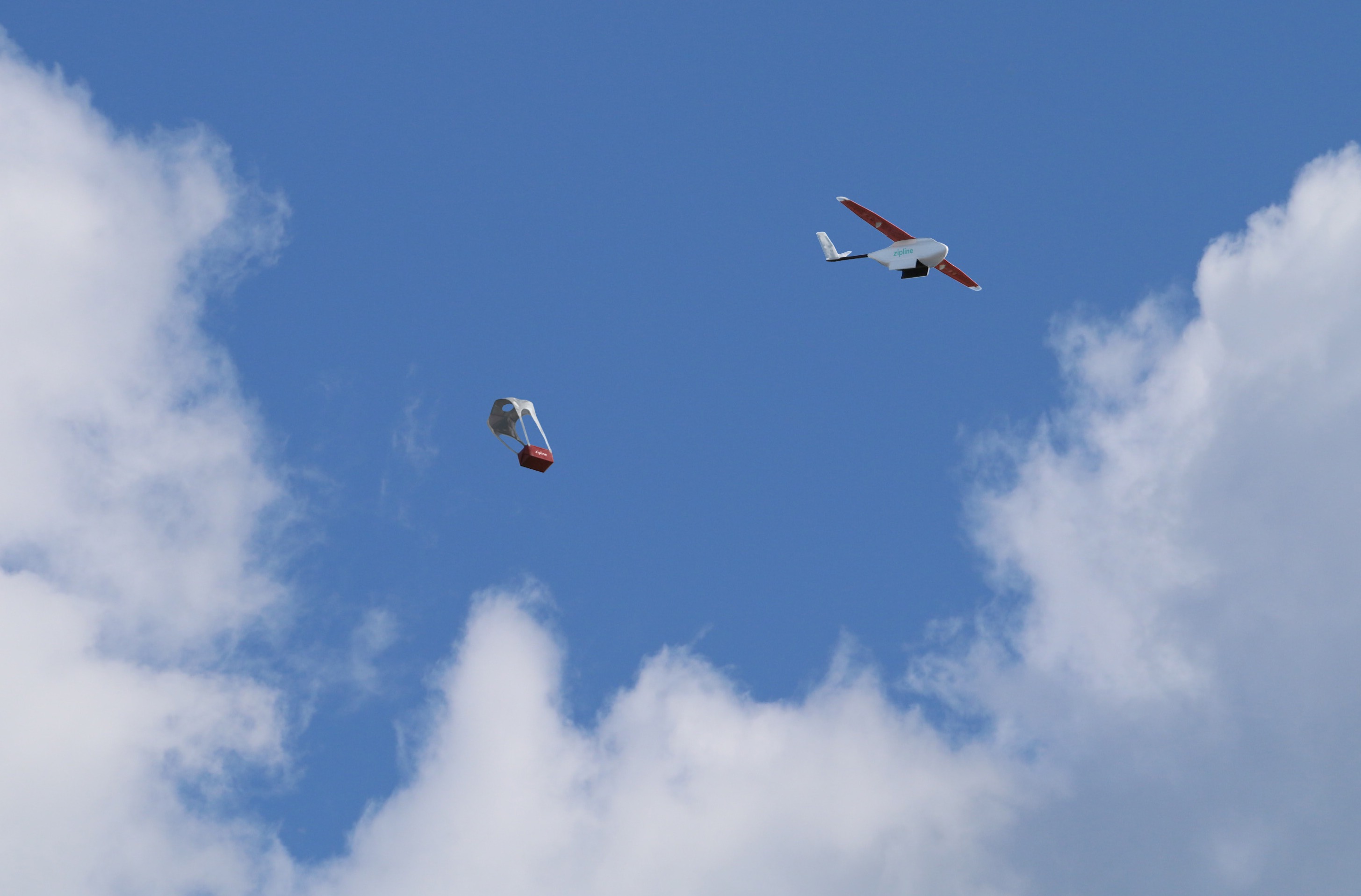Are UAV's 'Things'?
(courtesy The Verge)
But before we get rolling, a point of order: drones/quadcopters/hexi-copters/UAVs/whatever are things, but are they 'things' for the 'internet' to be 'of'? After all, most of them are not directly connected to the internet or even to a network. Having said that, I do not believe that I need to use my 'because it's my blog and I say so' trump. The starting point of the Internet of Things is the rise of the smartphone, cheap chips, sensors and connectivity. Drones take advantage of that same paradigm. Most are controlled through a smartphone, often with little input from the purported pilot. They use various wireless networking protocols for that control and to send the video feed back. So, while not directly connected to the internet, they are a product of the same culture. From that view point, they are subject to my keyboard.
The Rules
(courtesy TechCrunch)
I got to fly two different drones, both DGI: a Phantom 4 and an Inspire. These are on the upper end of the product spectrum and were owned by a video producer friend of mine. He's fully licensed to fly them in commercial applications and has both aircraft registered with the FAA, as well. He gave me a run down on the procedures for flying and some of the rules.
First, to fly a drone for money, you need two people: a pilot and a spotter. Both should keep their eyes on the aircraft the vast majority of the time. The pilot is, well, piloting and needs to see the machine in order to do that. He was insistent that piloting through the video feed was a bad idea as it only gives a small aspect of the space through which the drone is flying (also, FPV flying is seriously frowned upon). The spotter's job is to look out for obstacles that the pilot may be too distracted to notice: trees, power lines, other aircraft, etc.
Also, the spotter has to keep an eye out for other people. According to the FAA, drones should not fly over people unless they have signed waivers and are integral to the shoot/project. Batteries fail, props fall off, ranges are exceeded. A drone falling out of the sky and bonking someone is going to cause some injury. And injuries lead to lawsuits. So don't fly over people.
The Reality
Flying drones is fun. Almost no amount of rules is going to stop it from being fun. Sure, the government can add layer after layer of bureaucracy, trying to drown the fun in paperwork all in the name of 'protecting people' but flying these things will still be fun.
For me, it was like playing a shooter. One that uses as third person perspective, but with cut scenes into first person. Tomb Raider or The Witcher 3, but in the air and the character keeps receding from the player. I kept calling the 'roll' controls 'strafe'. Yet, despite my experience with gaming, it is easy to get twisted around and lose sense of which way the drone is oriented compared to the controls.
As for obstacle avoidance, we were not in an area with any power lines and few trees. There were no airports nearby or other UAV teams. But there were people. We were close to a popular hiking area on a weekend morning. Most had seen a quadcopter before, so there weren't many stopping to ask questions (something that the spotter takes on so as to keep the pilot from getting distracted). On the other hand, it was difficult to NOT fly over people. We did the best we could in the conditions, but both the people and drone were moving and it was impossible to completely predict the various path intersections.
My friend was looking to use the drones for cheap (and relatively high quality) aerial shots for video production. He was also looking for other opportunities like power line inspection, wind turbine blade inspection, realtor listings and anything else that is currently served by a guy in a helicopter.
The Dream
(Source: https://vimeo.com/141200159)
But despite the entrepreneurship of my friend, none of that really speaks to the potential for these beasties. Human piloted UAVs is not what is making the news. Automated drones are. And with automation, the applications are crazy:
- Emergency uses that bypass traffic in a metro area
- Medicine delivery
- Organ delivery
- Defibrillator delivery (talk about on-board battery power!)
- Goods and services delivery
- Public Safety
- Fun (still human piloted, but... FUN!)
And none of that speaks to some more out-there uses. Like building homes. Or the very scary military side of these things.
(courtesy Dailystormer)
No matter what you think of them, drones are here to stay. Most of their applications are helpful or, at least mostly harmless. The rules from the FAA are good starting places, but as they are the government, they skip over what rules exist to protect the people from the government use of drones. Will we need a Constitutional Amendment that adds drones to the Fourth Amendment? Or is that already implicit in our right to be free from illegal search and seizure?
These issues are too weighty for a part-time tech blogger.
Schmoid, signing out to go watch the watchmen.


No comments:
Post a Comment